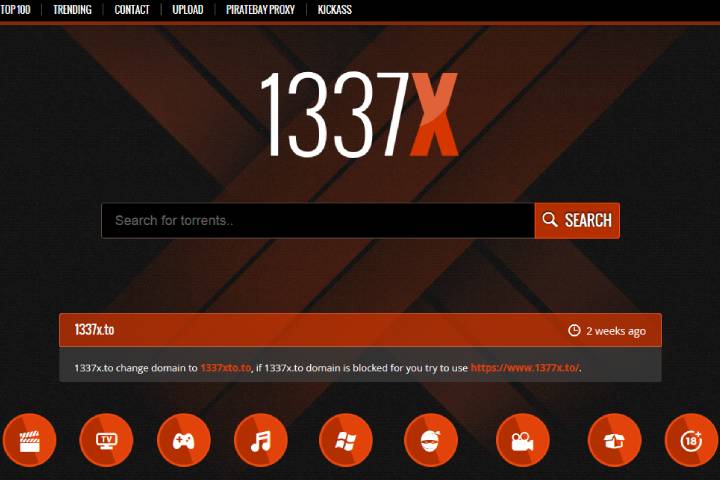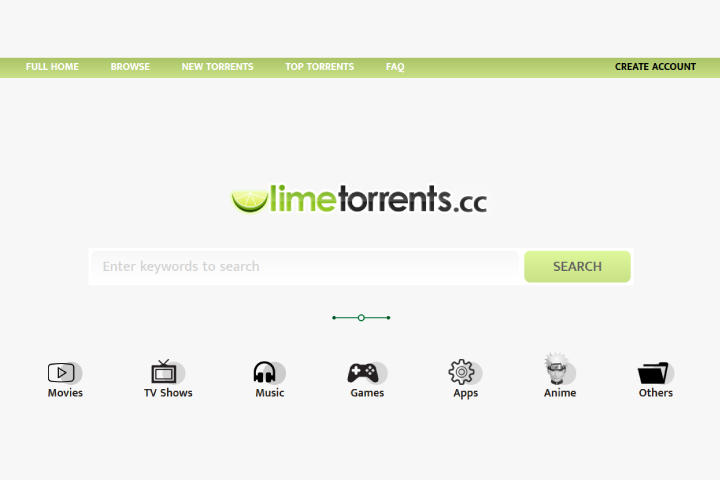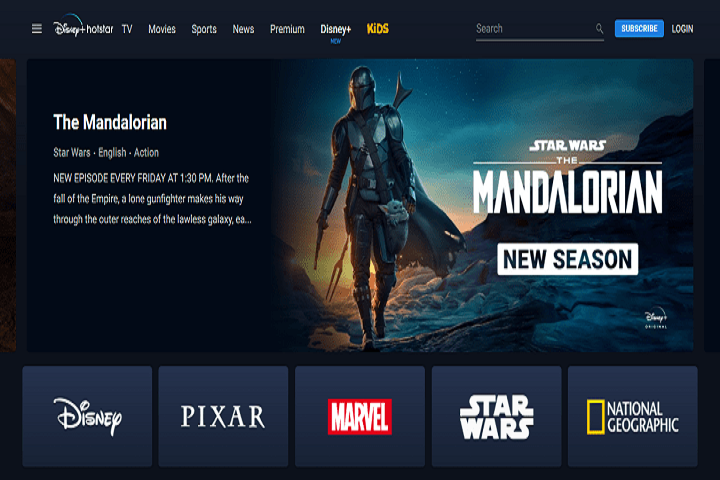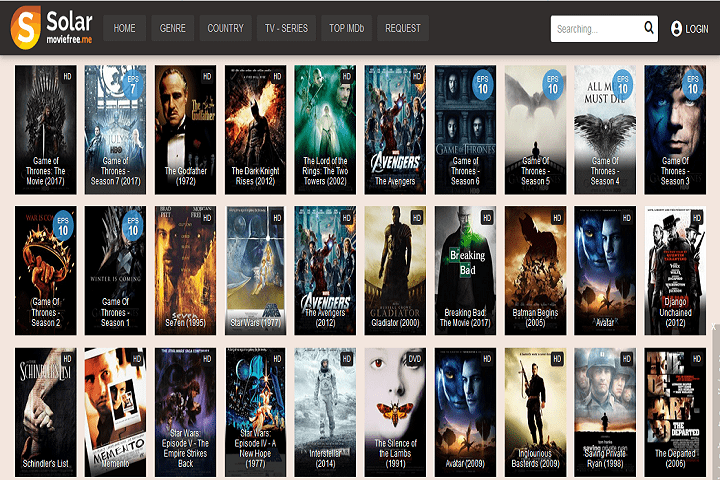Security
Watermarking Digital Content OR Digital watermarking
A Watermarking Digital Content is a kind of marker secretly embedded in a noise-tolerant signal like as audio, video or image data. Digital watermarking is the demonstration of hiding a message related to a digital signal.

Watermarking Digital Content
In spite of the need to secure content, some authors and publishers continue to be hesitant in safeguarding their content from piracy. This is because they are wary that protective measures may infringe on their readers’ reading space or cause an unpleasant reading experience.
In failing to invest in Digital Rights Management (DRM), the risk of e-book piracy can be colossal. Based on a recent study held in the UK, more than 75% of popular textbooks have been pirated and are available online as free downloads. Hence, it is imperative for authors and publishers across the world to protect their intellectual property and prevent loss of sales. A critical way of securing content is through digital watermarking.
Often seen in images, watermarks appear in the form of a semi-transparent sheathing of the creator’s brand or name. However, in digital media content, a different kind of watermark is used. Digital watermarking is a process of embedding information into multimedia content to validate the authenticity of the content or to acknowledge the identity of the creator of the digital content.

When used in publishing, the buyer’s personal information is also included as an overlay in the e-book. These watermarks could also include the author or publisher’s data. The main function of digital watermarking is to identify the maker of the digital content. By enabling the tracking of an e-book or digital media content, watermarks ensure complete copyright protection of the material.
Digital watermarks can be either visible or invisible depending on the choice of the owner of the digital content. Often comprised as logos and text, visible watermarks can be clearly seen, while invisible watermarks cannot be distinguished as they are embedded into the code of the digital media.
Digital watermarks may not be able to prevent unauthorized reproduction, but they are instrumental in discouraging e-book piracy, as the owner’s information that is embedded in the content accompanies the e-book. Digital watermarking technology allows the owner of the digital media to help identify unauthorized usage of the material, thus helping to crack the nexus of piracy. Digital watermarking is useful in tracing individuals who are illegally redistributing licensed material.
Some publishers employ a unique code for every copy of an e-book that can help in tracking the product without exposing the buyers’ information.
According to the Digital Watermarking Alliance, consumers are given the freedom to make use of copyrighted data within the legal parameters through digital watermarking. The premise behind using digital watermarking is to highlight the ownership of the product without restricting how a buyer can use the downloaded digital content. Since digital watermarking offers consumer convenience, it can become a natural choice for most creators – including new and established authors and publishers.
Other than using digital watermarking, DRM can protect digital content from illegal use. Rather than just watermarking content it prevents illegal access, ensures only authorized devices can read content, and controls what users can do with content.
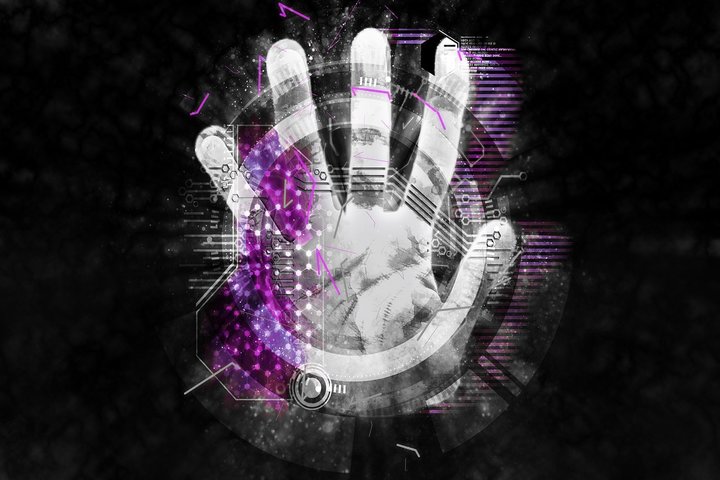
Password protection – Some applications provide the option of password protecting documents, EPUB and PDF files. Passwords are the first line of defense that grants access to readers and authorized users. Nevertheless, many readily available online password recovery solutions and services can effortlessly get rid of passwords in a few clicks. This means that protecting e-books through passwords alone may not be enough to safeguard the content from piracy. Also, protecting digital content with passwords does not stop the consumer from distributing or sharing his or her purchase if the password is shared.
Public key technology – This is more secure than password protection since the keys used to protect content are not made available to the user so they cannot be shared. DRM systems using public key technology securely transfer keys to authorized devices and lock them to those devices so they cannot be shared.
Encryption – DRM solutions like Locklizard also make use of secure encryption to safeguard digital content. Through encryption, a consumer is permitted access and then DRM controls what can or cannot be done with the e-book, such as preventing from sharing the content digitally, printing or copying segments from it. DRM encryption is one of the most effective forms of protecting e-content.
Experts and content owners agree that safeguarding digital content is crucial to maintaining sales and profitability. Although understanding the various types of DRM options can prove challenging, choosing the right means of protecting digital content can be essential to content protection. And while digital watermarking is an intelligent solution for many content creators, its convenience is dependent on the type of material produced, audience addressed and methods used to distribute it.
Budding authors and publishers are keen not to alienate their new audiences and hence are careful in choosing the right kind of DRM strategy. Moreover, in this regard, digital watermarking is ideal for independent writers and publishers who are looking to help safeguard their creation while still providing accessibility and device compatibility to their buyers.
Helpful Resources:
1. What is htaccess File and HTTP Headers?
2. How to Protect WebSites Against Attackers or Hackers by using “X-Security Headers”.
3. What is HTTPS or HTTP Secure?
4. 4 Proactive Security Measures Your Online Business Needs To Succeed
5. 16 Best SEO Practices For Web Developers & Search Marketers in [2019]
6. SEO in 2019 [Tactics That Work] & How To Learn SEO in 2019 Hustle-Free
7. 16 Best (free) AMP – (Accelerated Mobile Pages) WordPress Plugins in [2019]
8. Top 50 Best (Free) WordPress WooCommerce Plugins for your storefront in [2019]
9. 16 Best Free SEO WordPress plugins for your Blogs & websites in [2019]
-

 Instagram4 years ago
Instagram4 years agoBuy IG likes and buy organic Instagram followers: where to buy them and how?
-

 Instagram4 years ago
Instagram4 years ago100% Genuine Instagram Followers & Likes with Guaranteed Tool
-
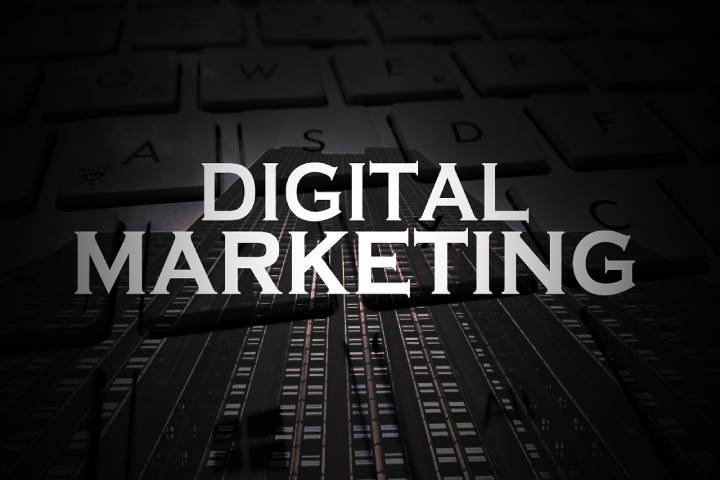
 Business5 years ago
Business5 years ago7 Must Have Digital Marketing Tools For Your Small Businesses
-
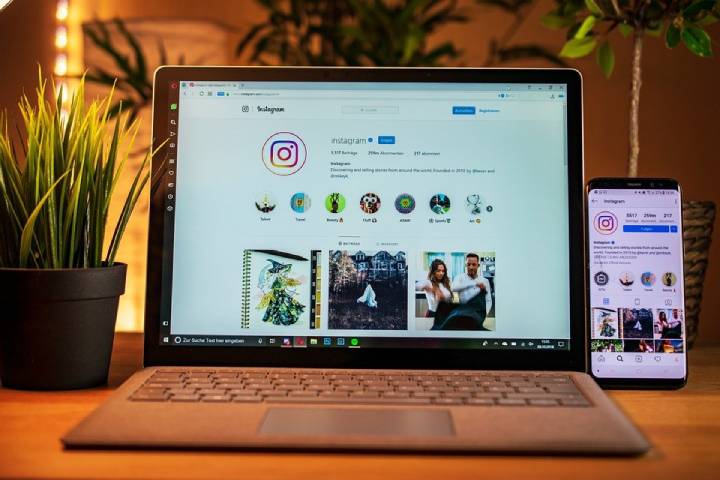
 Instagram4 years ago
Instagram4 years agoInstagram Followers And Likes – Online Social Media Platform



